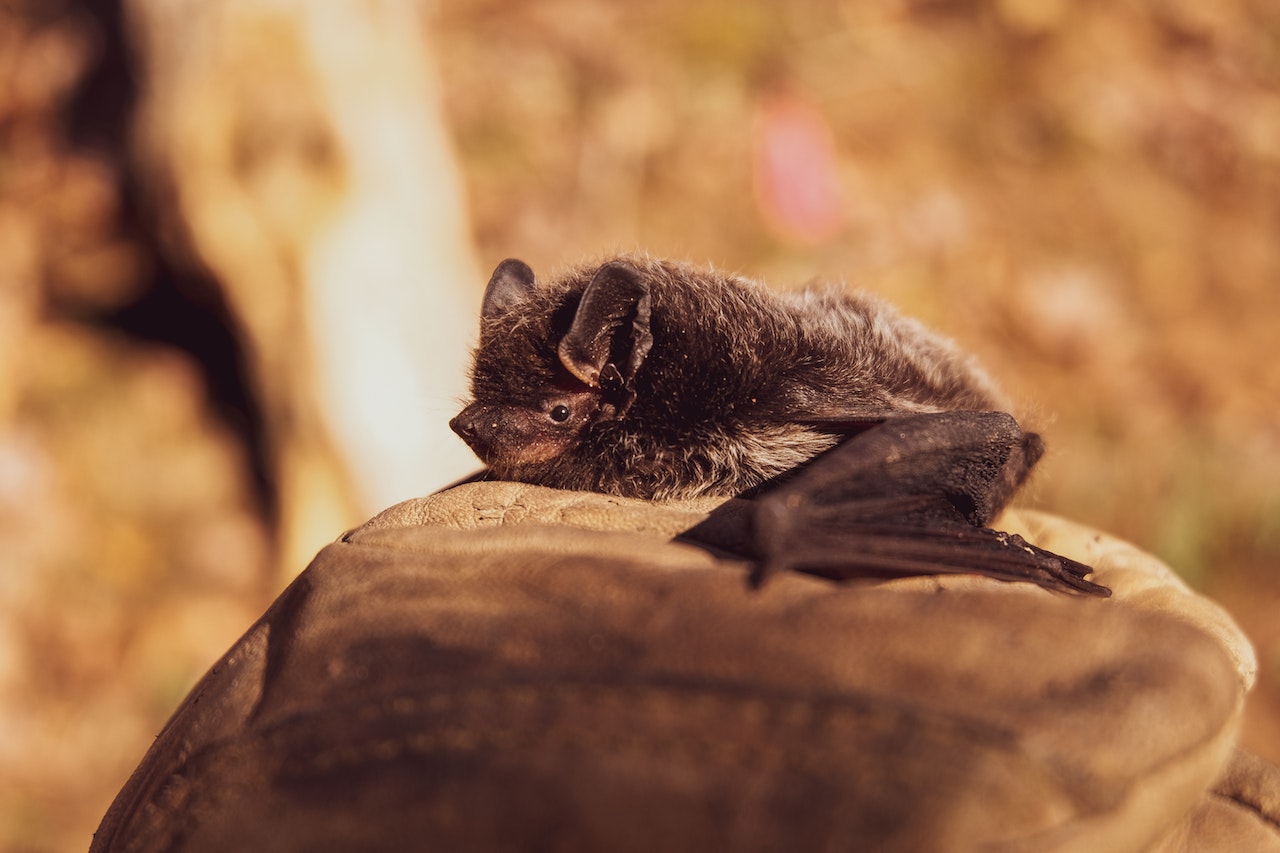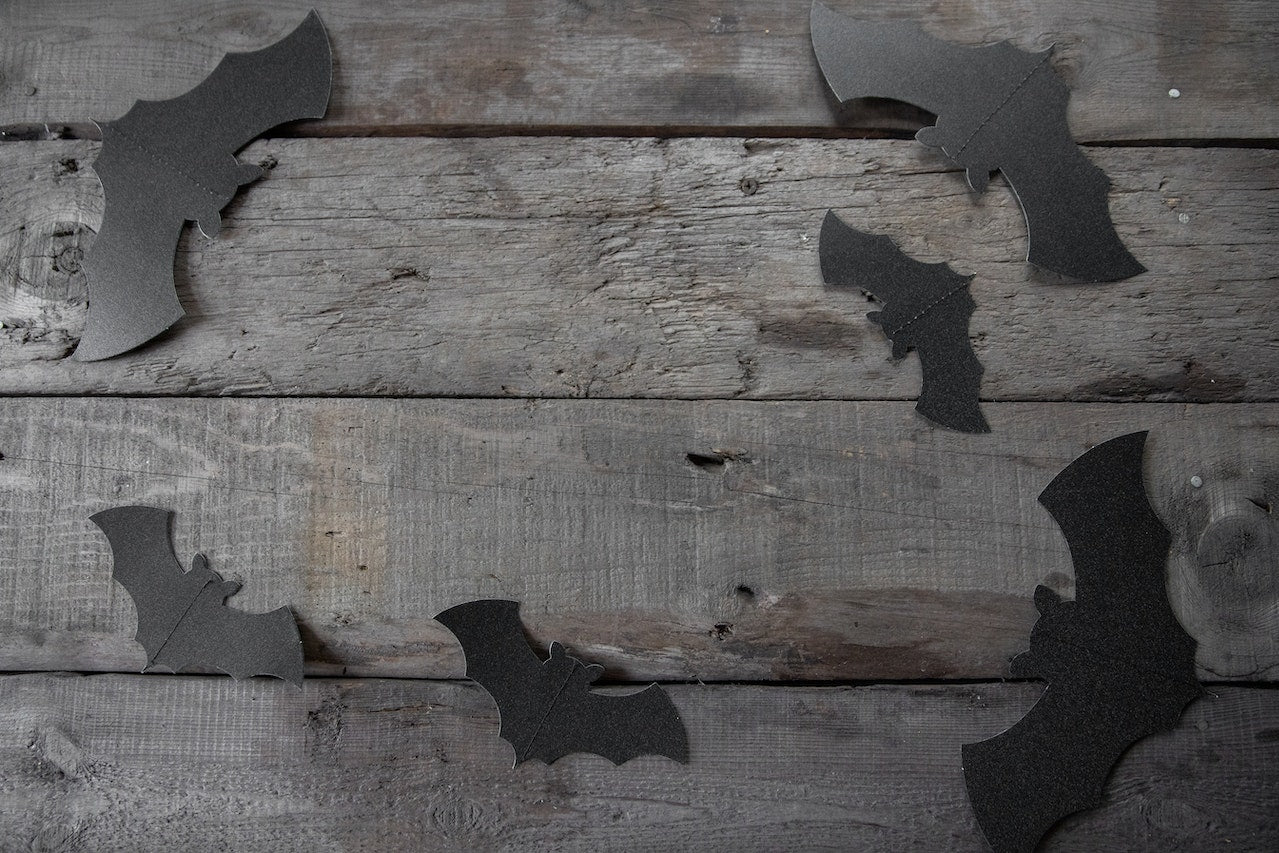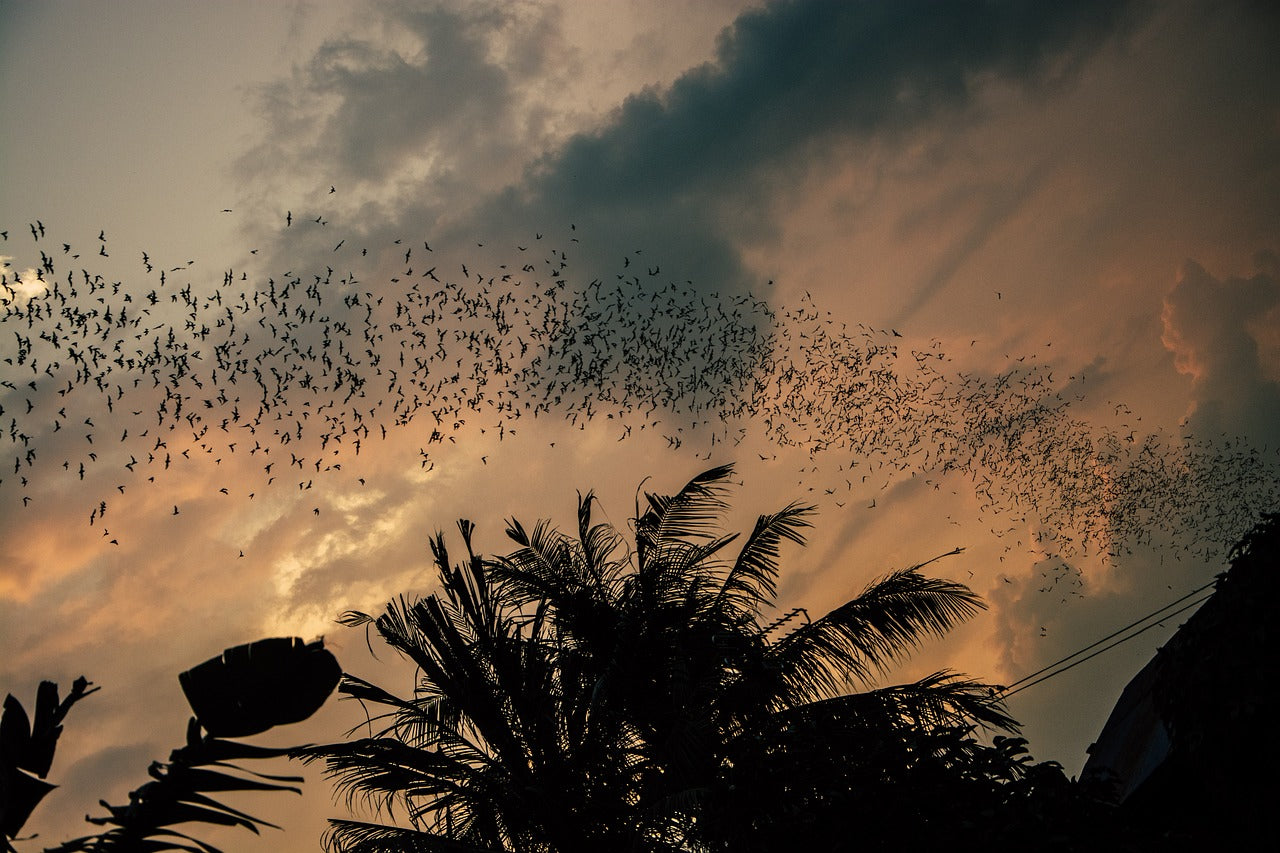Bats, often perceived as mysterious creatures of the night, play a crucial role in ecosystems worldwide as pollinators. Pollination, the process of transferring pollen from one flower to another, is essential for the reproduction of many plant species. While bees and insects might be the first pollinators that come to mind, bats represent a lesser-known yet equally vital group of pollinating animals.
Bats do far more than most people think. Discover their global impact in our post The Night Guardians: The Importance of Bats to Our World.
In this comprehensive article, we will delve deep into the fascinating world of bats as pollinators, exploring their diverse characteristics, their profound ecological significance, and much more.
Importance of Bats in Pollination
The significance of bats in pollination cannot be overstated. They contribute to the reproduction of a wide array of plants, including those with night-blooming flowers and fruits. This unique niche in the pollination network makes them irreplaceable agents in maintaining biodiversity and ecosystem stability.
The Role of Bats in Ecosystems
Bats as Keystone Species
Bats can be considered keystone species in many ecosystems. A keystone species is one whose presence or absence significantly impacts the entire ecosystem. When bats pollinate plants, they facilitate the production of fruits and seeds, providing a vital food source for numerous other species. Without bats, the delicate balance within these ecosystems would be disrupted.
Bats vs. Other Pollinators (bees, birds, insects)
While bats share their pollination duties with bees, birds, and insects, they excel in specific niches. Bats are particularly proficient at pollinating night-blooming flowers, which often produce aromatic nectar to attract these nocturnal visitors. In contrast, diurnal pollinators like bees and butterflies are more active during the day, limiting their access to such flowers.
Bats' Nocturnal Pollination Activities
One of the most intriguing aspects of bat pollination is its nocturnal nature. As the sun sets, bats emerge from their roosts to forage for nectar and pollen. This nighttime activity not only benefits plants but also reduces competition for resources with diurnal pollinators. Bats have evolved a unique set of adaptations to thrive in the dark, including exceptional echolocation abilities.
Types of Plants Pollinated by Bats
The types of plants pollinated by bats are the following.
Nectar-Feeding Plants
Bats have a sweet tooth for nectar, making them essential pollinators for plants that produce nectar-rich flowers. These include agave, banana, and the iconic Saguaro cactus. The long tongues of bats allow them to reach deep into the flower, collecting and depositing pollen in the process.
Fruit-Bearing Plants
Fruits are a crucial component of many animals' diets, and bats play a key role in their production. Species like the durian and the mango rely on bats to disperse their seeds, ensuring the survival and spread of these fruit-bearing plants.
Night-Blooming Flowers
Plants with flowers that open exclusively at night face a unique challenge when it comes to pollination. Bats, with their nocturnal habits, are perfectly suited to assist in this process. Notable examples of night-blooming plants include the moonflower and the night-blooming cereus.
Bat Pollination Mechanisms
In the following sections, we delve deeper into the mechanisms behind bat pollination. Stay tuned to uncover the secrets of bat pollination and what we can do to safeguard their future.
Bat Senses and Adaptations
Bats have evolved an impressive suite of adaptations to navigate the dark and efficiently locate nectar and pollen sources. Their primary tool is echolocation, a biological sonar system that allows them to emit high-frequency sounds and listen to the echoes that bounce back from objects. This extraordinary ability helps them pinpoint even the most inconspicuous flowers in the moonlit night.
Pollen Transfer Process
As bats feed on nectar, their fur inadvertently collects pollen from the flower's stamens. When they visit another flower of the same species, this pollen is transferred, enabling fertilization. This process, known as chiropterophily, is akin to the more familiar entomophily (insect pollination) and ornithophily (bird pollination).
Coevolution of Bats and Plants
The relationship between bats and the plants they pollinate is a fascinating example of coevolution. Over millions of years, bats and plants have developed traits that are mutually beneficial. Bats have become adept pollinators, while plants have adapted to maximize their attractiveness to these winged visitors. This intricate dance of adaptation showcases the wonders of nature's evolutionary processes.
Geographic Distribution
Regions with High Bat Pollinator Diversity
Bats as pollinators are not evenly distributed across the globe. Certain regions, such as tropical rainforests and deserts, boast high bat pollinator diversity. The variety of plant species in these areas often depends on bats for reproduction. Consequently, any disruption in bat populations can have far-reaching consequences for these ecosystems.
Impact of Habitat Loss on Bat Pollinators
One of the most pressing threats to bat pollinators is habitat loss. As human activities encroach upon natural habitats, the roosting sites and foraging grounds of bats are diminished. This reduction in suitable habitats can disrupt entire ecosystems, emphasizing the urgent need for conservation efforts.
Benefits of Bat Pollination
Bat pollination has many benefits, What are they? Let’s find out.
Crop Yield Enhancement
Bats indirectly contribute to agriculture by pollinating economically valuable crops such as bananas, guavas, and cashews. The fruits and seeds produced as a result of bat pollination contribute to food security and economic stability in many regions.
Biodiversity Conservation
By pollinating a diverse array of plants, bats play a pivotal role in maintaining biodiversity. Healthy ecosystems depend on the rich tapestry of life, and bats are indispensable threads in that tapestry.
Economic Implications
The economic value of bat pollination extends beyond agriculture. Industries such as pharmaceuticals, perfumery, and textile production rely on plant-derived products that owe their existence to bat pollinators. Recognizing this economic interdependence reinforces the importance of bat conservation.
Want to help bats thrive in your own backyard? Read our 7 Benefits of Bat Houses to learn how a small wooden shelter can protect these pollinators.
Threats to Bat Pollinators
In the forthcoming sections, we'll explore the various threats that bat pollinators face and the conservation efforts aimed at safeguarding their populations. Stay engaged to discover more about these nocturnal guardians of ecosystems.
Habitat Destruction
Habitat destruction remains one of the gravest threats to bat pollinators. Urbanization, deforestation, and land development often result in the destruction or fragmentation of the natural habitats where bats roost and forage. This forces them into closer proximity to human activities, increasing the risk of conflicts and disturbances.
Pesticide Use
The widespread use of pesticides in agriculture can be harmful to bat populations. These chemicals not only contaminate the bats' food sources but also directly affect the bats themselves. The cumulative impact of pesticides can weaken bats' immune systems and disrupt their reproductive cycles.
Climate Change
Climate change poses indirect threats to bat pollinators by altering the distribution of the plants they rely on. Changes in temperature and precipitation patterns can affect the timing and availability of flowers, potentially leading to mismatches between bats and their food sources.
Conservation Efforts
Here are some conservation efforts you can try to help bat populations
Bat-Friendly Farming Practices
Promoting bat-friendly farming practices can mitigate some of the threats to bat pollinators. Implementing measures like maintaining natural vegetation corridors, reducing pesticide use, and preserving old trees with bat roosts can create more hospitable environments for these creatures. Remember to use Merlin Tuttle's Bat Conservation certified bat boxes.
Protection of Roosting Sites
Protecting bat roosting sites is crucial for their survival. Establishing and enforcing conservation regulations that safeguard these habitats is an essential step in ensuring the continued presence of bat pollinators.
Public Awareness Campaigns
Raising public awareness about the importance of bat pollinators is an integral part of conservation efforts. When communities understand the ecological and economic value of bats, they are more likely to support initiatives aimed at their protection.
Conclusion
Bats, often overshadowed by more conspicuous pollinators, are unsung heroes in the world of ecosystems. Their nocturnal activities, unique adaptations, and critical role in pollination make them invaluable contributors to biodiversity and food production.
The conservation of bat pollinators is a collective responsibility. We must recognize the far-reaching consequences of losing these extraordinary creatures. By supporting habitat preservation, reducing pesticide usage, and promoting awareness, we can ensure that bats continue to thrive as vital pollinators, safeguarding the health of our ecosystems and the prosperity of our planet.
In closing, the story of bats as pollinators is a testament to the intricate web of life on Earth. Their role, though often concealed in darkness, illuminates the profound connections that sustain our natural world. Let us cherish and protect these guardians of ecosystems, for in doing so, we protect the very fabric of life itself.
Support local bats and protect your garden’s balance. Explore our Bat Houses Collection made for comfort and long-lasting safety.
FAQs
Are all bat species pollinators?
Not all bat species are pollinators; only specific ones have adapted to this role.
Do bats only pollinate at night?
Yes, most pollinator bats are nocturnal, targeting flowers that bloom during the night.
What happens if bat populations decline?
A decline in bat populations can disrupt ecosystems and impact plant species dependent on bat pollination.
How can we protect bat populations?
Conservation efforts, including preserving their habitats and controlling diseases like white-nose syndrome, are crucial for bat survival.
What are some common plants that rely on bat pollination?
Plants like agave, mango, and banana trees depend on bats for pollination, highlighting their economic and ecological significance.




